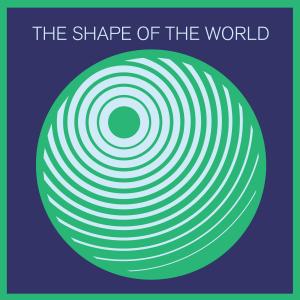The Shape of the World

Zoned Out: Race, Property, and Ownership in America
Dr. Adrienne Brown reads cities the way professors read novels: carefully, and with lots of attention to what’s written between the lines...

Dr. Adrienne Brown reads cities the way professors read novels: carefully, and with lots of attention to what’s written between the lines...
